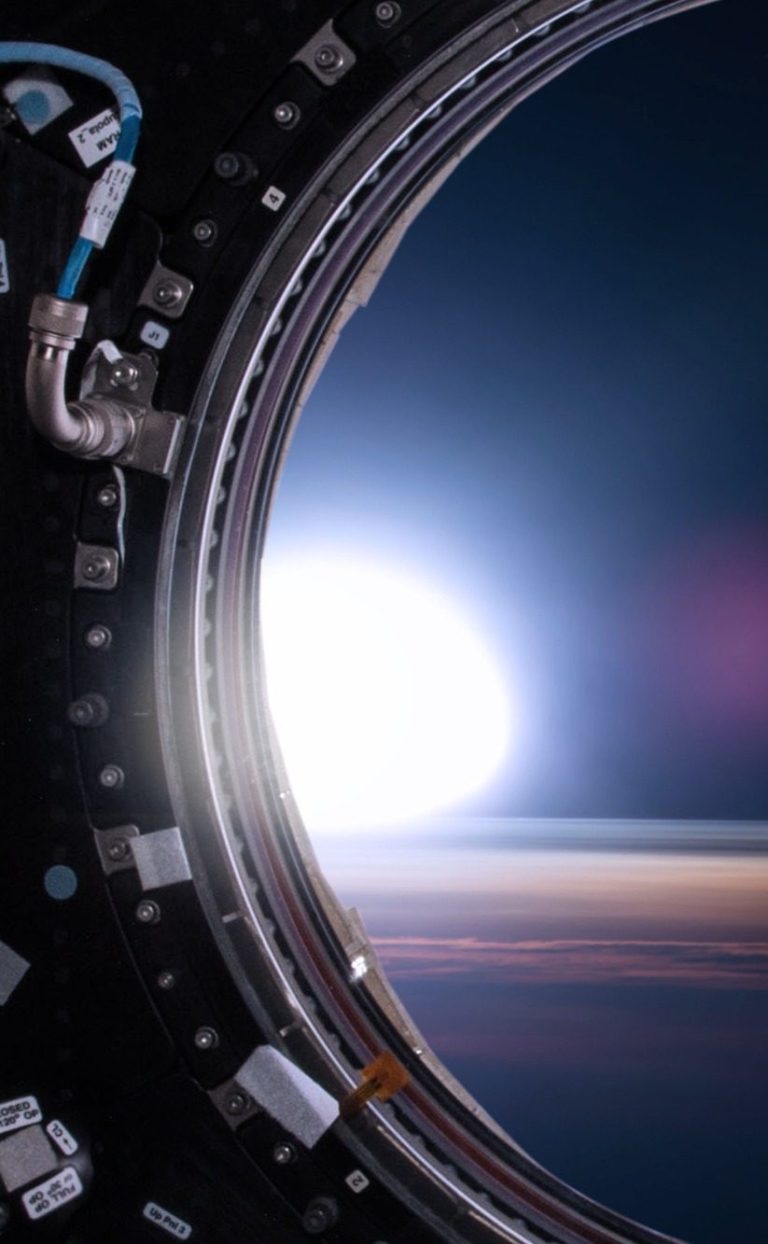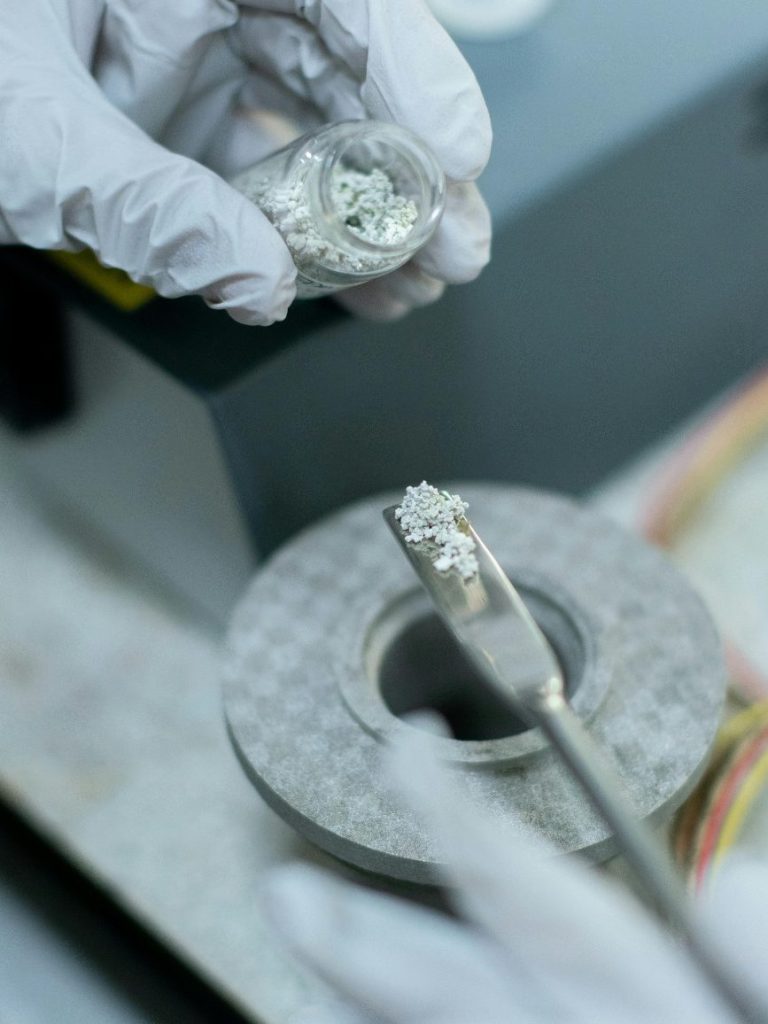1. Rethinking the Challenge: What Makes an Environment "Extreme"?
The term "extreme" doesn’t merely refer to intensity—it denotes conditions where traditional systems fail. Whether it's -80°C temperatures in Antarctica, 400°C at deep-sea vents, or the vacuum and radiation of space, each location pushes different boundaries of survivability. Designing for such extremes involves anticipating mechanical stress, environmental degradation, isolation, and energy constraints. For example, a Mars rover must endure radiation, massive thermal swings, and dust storms that would disable standard electronics. Each design must reflect an in-depth understanding of overlapping and evolving threats.
Engineering Design for Extreme Environments: Innovating at the Edge of Possibility
Extreme environments—such as deep space, the ocean floor, polar regions, and high-radiation zones—represent some of the most unforgiving and challenging conditions known to humanity. Engineering systems that can function reliably in these places requires more than just durability: it demands ingenuity, foresight, adaptability, and a constant push beyond conventional thinking. In this article, we explore the most innovative and future-facing strategies in engineering design for extreme environments, blending current advancements with bold visions of what’s next.
2. Advanced Materials: More Than Just Strong
The materials of tomorrow must not only be robust—they must also be multifunctional. Among the most promising innovations:
- Aerogels, which insulate against extreme heat and cold, are used in both space missions and cryogenic applications.
- Graphene and carbon nanotubes offer unmatched tensile strength and conductivity for lightweight structural components.
- Self-healing polymers allow for the autonomous repair of minor structural failures, increasing longevity and reliability.
- Phase-change materials absorb or release heat based on their surroundings, allowing systems to maintain stable temperatures without active cooling or heating.
The ultimate goal is to engineer smart materials that can sense, respond, and adapt to the environments they’re in, eliminating the need for multiple independent systems.
3. Resilience and Redundancy: Engineering for the Unknown
In extreme settings, service crews are unavailable. Systems must be autonomous, self-aware, and prepared for failure. A few approaches are gaining traction:
- Modular designs allow for isolated part replacement or reconfiguration without full system overhauls.
- Digital twins enable real-time virtual simulations of hardware to predict faults before they occur.
- AI-driven predictive maintenance can detect anomalies early, preventing catastrophic failures.
- Swarm intelligence, where multiple smaller systems coordinate and back each other up, is emerging in robotics and UAV technologies.
Designing systems that expect failure, rather than merely avoid it, creates a new paradigm of resilient engineering.
4. Adaptive and Autonomous Systems
Conditions in extreme environments can change rapidly. One of the greatest strengths an engineered system can have is the ability to adapt. Innovations in this space include:
- Machine learning algorithms that adjust power usage or operational parameters based on incoming data (e.g., Martian dust storm predictions).
- Soft robotics, which provides agility and mobility in environments with uneven or unstable surfaces.
- Morphing structures—hardware that changes shape to minimize stress or optimize energy use.
For instance, autonomous underwater drones now map the ocean floor with minimal human oversight, using learning algorithms that improve route planning over time.
5. Learning from Nature: Bioinspired Design
Nature has already solved many of the challenges we face in extreme environments. By studying organisms that thrive in hostile conditions, engineers can create more sustainable, adaptive, and efficient technologies:
- Cactus skin has inspired materials that harvest water from the air.
- Tardigrades have prompted research into radiation-resistant DNA preservation techniques.
- Penguin feathers inspire heat-retaining and hydrodynamic structures.
- Bats’ echolocation is foundational in sonar systems for murky or dark conditions.
These biomimetic approaches often lead to more energy-efficient and structurally optimized designs.
6. On-Site Production and Self-Sufficiency
Carrying everything a mission needs is impractical. In-situ resource utilization (ISRU) and on-demand manufacturing have become pivotal for mission success:
- 3D printing with local materials (like lunar regolith) can create shelter, tools, and components without launch costs.
- Bioreactors produce essential life-support resources like oxygen, food, and bioplastics.
- Smart recycling systems convert waste into raw material, enabling closed-loop sustainability.
This direction minimizes dependence on Earth-based logistics, paving the way for long-term missions on Mars or deep-sea habitats.
9. Case Studies: What’s Already in Motion
Several leading-edge programs are paving the way for extreme-environment engineering:
- NASA’s Artemis program is developing lunar bases designed to withstand micrometeorites and cosmic radiation.
- Ocean Infinity employs deep-sea drones for mapping and underwater maintenance.
- ESA’s MELiSSA project focuses on closed-loop bioregenerative life-support systems.
- DARPA’s ICEMAN project investigates biological sensors for military applications in extreme conditions.
Each of these efforts blends multidisciplinary innovation with real-world application, showing what’s possible when engineering meets ambition.
8. Frontier Ideas and Unconventional Solutions
When traditional tools fall short, the most radical ideas often provide breakthroughs:
- Asteroid capture and hollowing for natural radiation shielding in interplanetary travel.
- Electromagnetic shields as theoretical radiation barriers.
- Programmable matter, capable of reconfiguring its shape and function.
- Biohybrid systems that combine machine precision with organic adaptability.
While some of these are still theoretical, research into each is progressing rapidly, offering hope for safer, more flexible future missions.
7. Designing for Life: Human Factors in Engineering
Any system intended to support human life must be designed with both physiological and psychological factors in mind. Future habitats will integrate:
- Smart environmental systems that monitor and adjust air quality, humidity, and temperature.
- Wearable exoskeletons to counteract muscle atrophy and improve mobility in high-G or low-G environments.
- Compact hydroponic or aeroponic farms that provide nutrition and oxygen while recycling carbon dioxide.
- Mood-aware architecture with adjustable lighting and immersive visuals to support mental health during prolonged isolation.
The success of missions often depends more on human adaptability than on hardware; engineering must serve the needs of both.
10. Looking Ahead: Engineering Beyond Limits
The future of extreme-environment design won’t rely on brute strength—it will depend on integration, intelligence, and creativity. From self-repairing habitats to AI-governed exploration vehicles, the direction is clear: systems must not only survive but evolve in real time.
Extreme environments aren’t just obstacles—they’re opportunities to redefine what’s possible. By engineering for these places, we push the boundaries of technology, sustainability, and human potential.
References
- NASA Artemis Program, 2024 Updates. [NASA.gov]
- ESA MELiSSA Project. European Space Agency, 2023.
- DARPA ICEMAN Overview Report, 2022.
- Nature Journal, "Tardigrade Genetic Resilience Research," 2022.
- MIT Media Lab, "Programmable Matter Research," 2023.
- Ocean Infinity Autonomous Exploration Initiative, 2023.
- Journal of Advanced Materials, "Phase-Change Composites for Habitat Insulation," 2024.
- IEEE Transactions on Robotics, "Soft Robotics in Planetary Navigation," 2024.
- Frontiers in Bioengineering, "Exoskeleton Integration in Low-Gravity Environments," 2023.
- Journal of Space Habitat Design, "Modular and Swarm Architecture for Lunar Habitats," 2024.

Image: Pexels thisisengineering
Image: AdobeStock

Image: AdobeStock

Jeendry Louis
CEO
#ExtremeEngineering #FutureOfEngineering #SpaceTech #SustainableDesign #AdvancedMaterials #ResilientSystems #InSituManufacturing #BioInspiredDesign #ExplorationEngineering #HumanInExtremeEnvironments
Engineering Design Robotics Aerospace and Systems Corporation © Copyright. All rights reserved.
We need your consent to load the translations
We use a third-party service to translate the website content that may collect data about your activity. Please review the details in the privacy policy and accept the service to view the translations.

